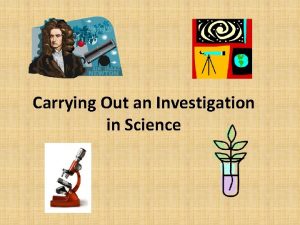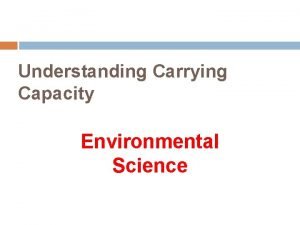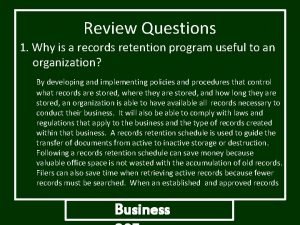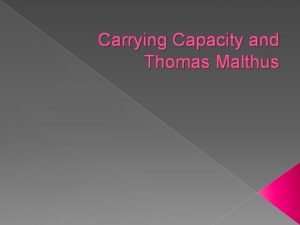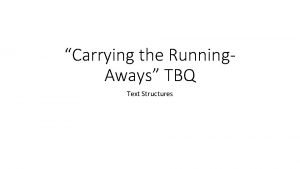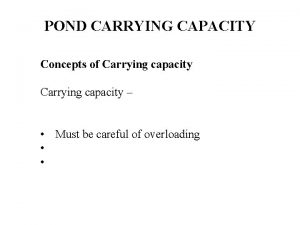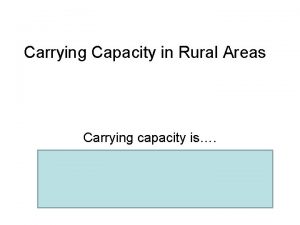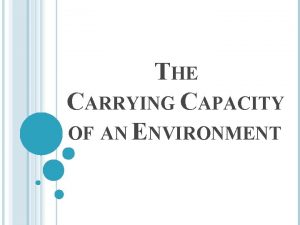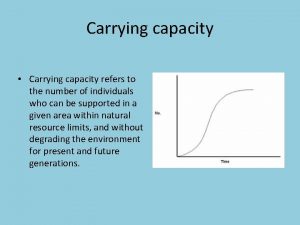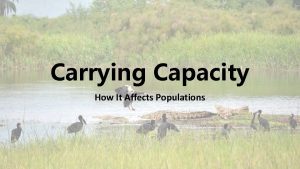Carrying Out an Investigation in Science Investigation Steps










- Slides: 10

Carrying Out an Investigation in Science

Investigation Steps – Asking a Question 1. Gather ideas What could we investigate? What could we measure or observe?

Investigation Steps : Asking a Question 2. Ask yourself what are you trying to find out You need a question to investigate. . How? What? When?

Investigation Steps: Choosing what to change (making a fair test) 3. Plan what you will change • What will you change? (only ONE thing) • what will you measure? • what will you keep the same? (The things which could change are called variables)

Investigation Steps: Making a Prediction 4. Make a prediction (A Prediction is often known as a Hypothesis) • What do you think will happen to the variable you are measuring or observing. . . . when you change the variable you are interested in.

Investigation Steps: Planning the Enquiry 5. Plan the practical work • How will you carry out the experiment? What will you do? • Design the experiment. • List what you need. • Describe how you will use the equipment. Make a diagram if you want.

Investigation Steps: Collecting Evidence 6. Carry out the experiment. • Note carefully what happens.

Investigation Steps: Recording and Presenting 7. Record the results • Produce a table of results. • The table includes the independent variable (what you were changing) and the dependent variable (what you were measuring). • Use the results table to help you construct a bar chart or graph of your results.

Investigation Steps: Recording and Presenting 8. Explain the results Explain what your results show. Decide whether your prediction was correct. Make a conclusion about what you have found out and explain it clearly. Make a note of things you might change if you were to do the enquiry again. Report back to the rest of the class.

SO. . . How do I carry out an Investigation in Science? 1. Gather ideas 2. Ask yourself what are you trying to find out. 3. Plan what you will change 4. Make a prediction 5. Plan the practical work 6. Carry out the experiment. 6. Record the results 7. Explain the results
 Carrying out an investigation
Carrying out an investigation One thing one direction
One thing one direction Carrying out research
Carrying out research Carrying capacity graph
Carrying capacity graph My favorite subject in school is science
My favorite subject in school is science What are the 5 steps in crime scene investigation
What are the 5 steps in crime scene investigation Forensic science foodborne outbreak investigation answers
Forensic science foodborne outbreak investigation answers What is locomotor in dance
What is locomotor in dance Process of making pochampalli sarees
Process of making pochampalli sarees Time out steps
Time out steps Explain the steps in a manual charge-out procedure
Explain the steps in a manual charge-out procedure
